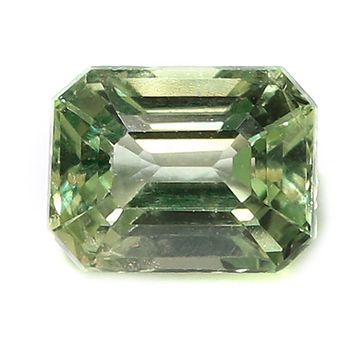
Emerald 0.29ct
£295
Green, Eye-Clean
More info +
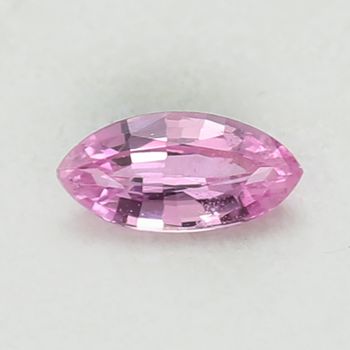
Marquise 0.60ct
£420
Pink, Eye-Clean
More info +
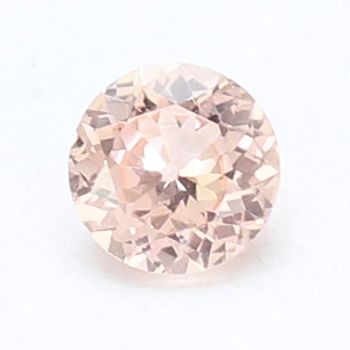
Round 0.56ct
£420
Peach, Eye-Clean
More info +
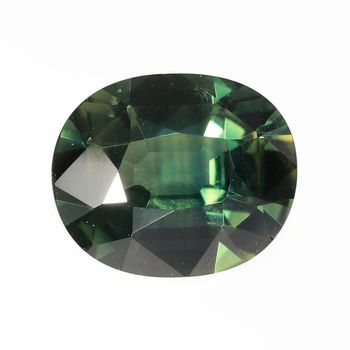
Oval 0.93ct
£465
Bi Colour, Eye-Clean
More info +
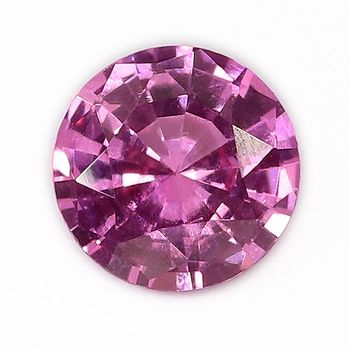
Round 0.30ct
£480
Pink, Eye-Clean
More info +
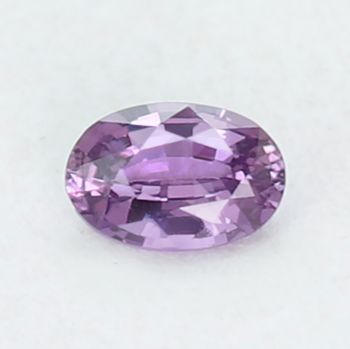
Oval 0.59ct
£480
Purple, Eye-Clean
More info +
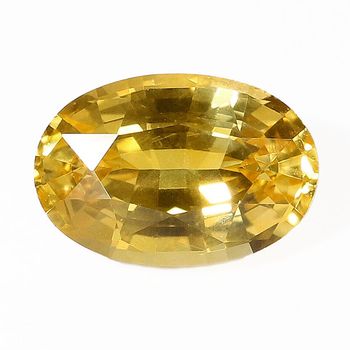
Oval 0.65ct
£540
Yellow, Eye-Clean
More info +
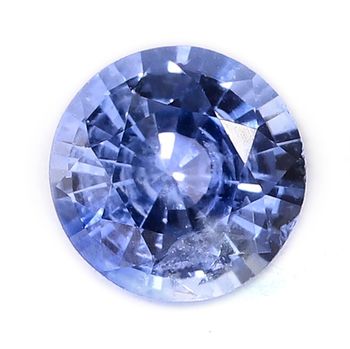
Round 0.33ct
£595
Blue, Eye-Clean
More info +
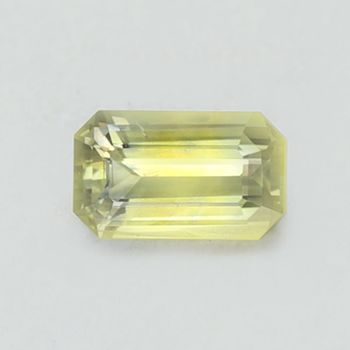
Emerald 0.97ct
£595
Bi Colour, Slightly Included
More info +
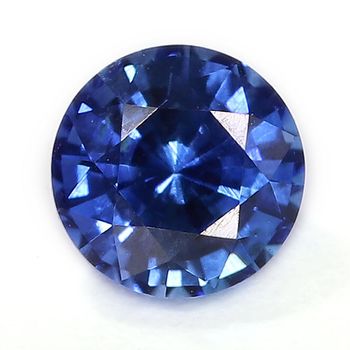
Round 0.36ct
£595
Blue, Eye-Clean
More info +
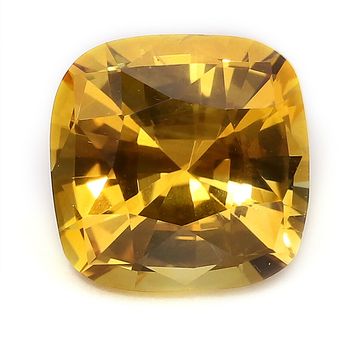
Cushion 0.61ct
£660
Yellow, Eye-Clean
More info +
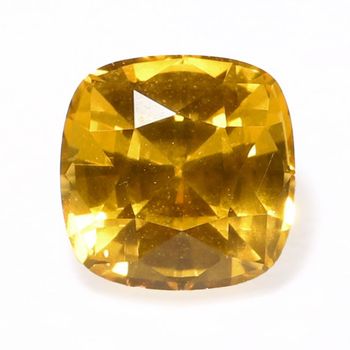
Cushion 0.87ct
£660
Yellow, Eye-Clean
More info +
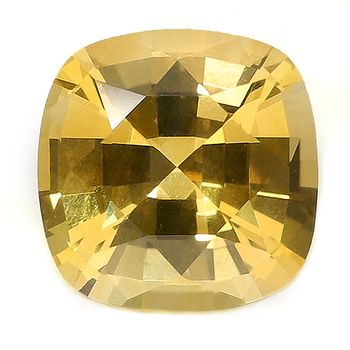
Cushion 0.66ct
£660
Yellow, Eye-Clean
More info +
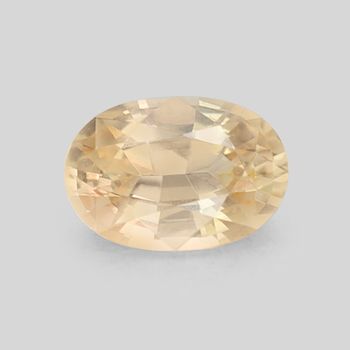
Oval 0.85ct
£695
Peach, Eye-Clean
More info +
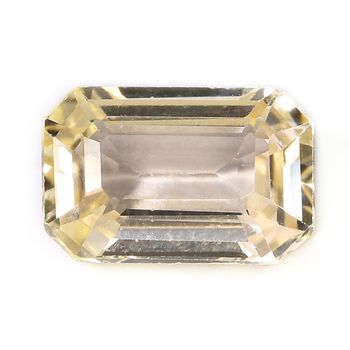
Emerald 0.68ct
£715
Peach, Eye-Clean
More info +
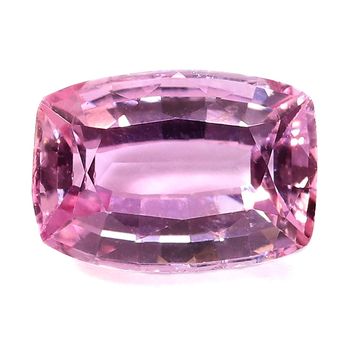
Cushion 0.79ct
£715
Pink, Eye-Clean
More info +
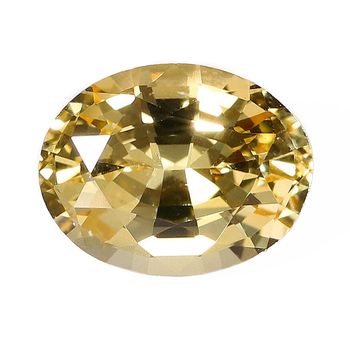
Oval 0.74ct
£715
Yellow, Eye-Clean
More info +
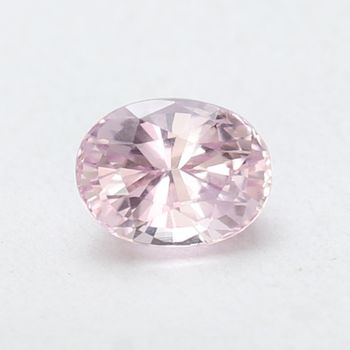
Oval 1.31ct
£775
Peach, Eye-Clean
More info +
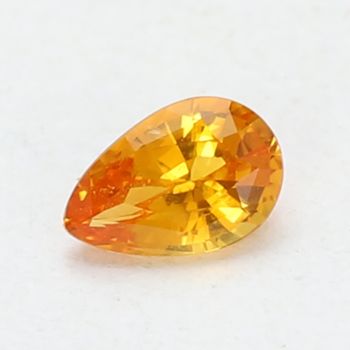
Pear 0.65ct
£775
Orange, Eye-Clean
More info +
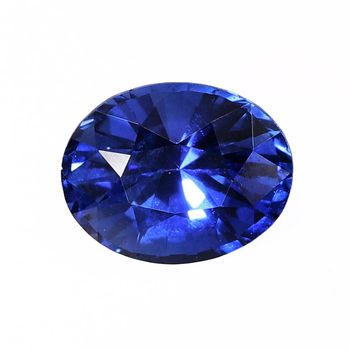
Oval 0.60ct
£790
Blue, Eye-Clean
More info +
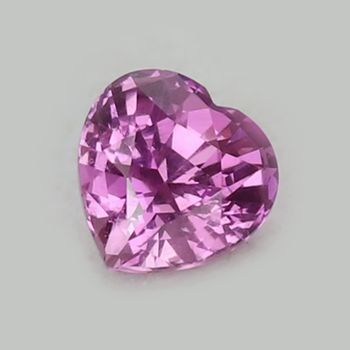
Heart 0.72ct
£805
Pink, Eye-Clean
More info +
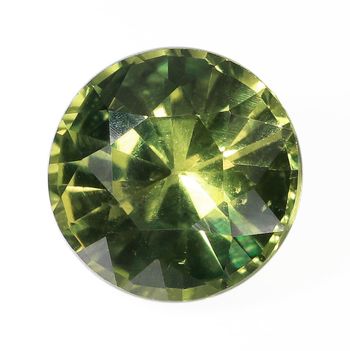
Round 1.05ct
£815
Green, Eye-Clean
More info +
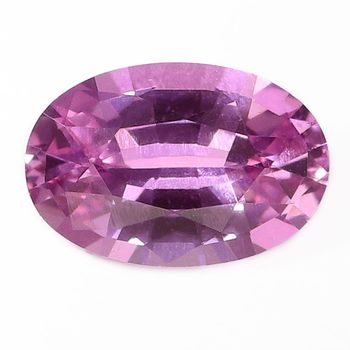
Oval 0.53ct
£825
Pink, Eye-Clean
More info +
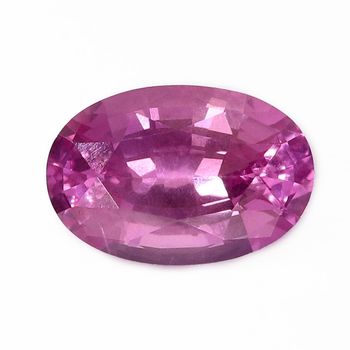
Oval 0.58ct
£825
Pink, Eye-Clean
More info +
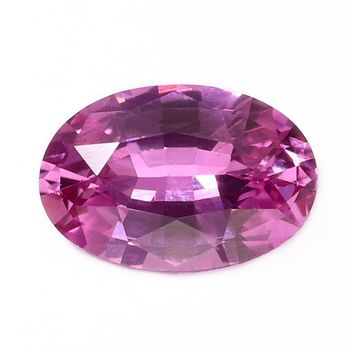
Oval 0.48ct
£825
Pink, Eye-Clean
More info +
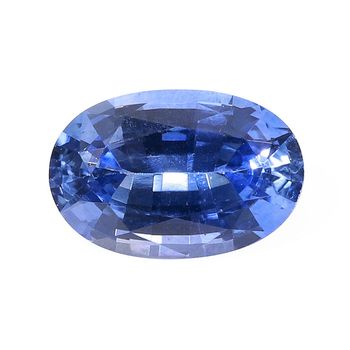
Oval 0.50ct
£825
Blue, Eye-Clean
More info +
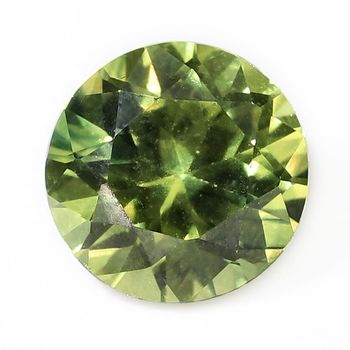
Round 0.62ct
£885
Bi Colour, Eye-Clean
More info +
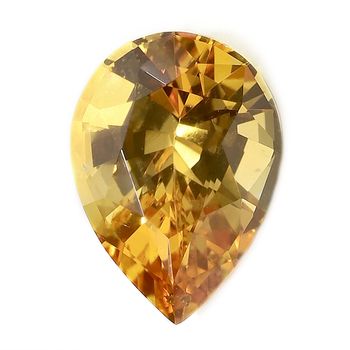
Pear 0.79ct
£940
Yellow, Eye-Clean
More info +
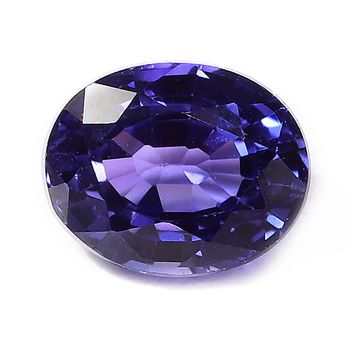
Oval 0.56ct
£940
Purple, Eye-Clean
More info +
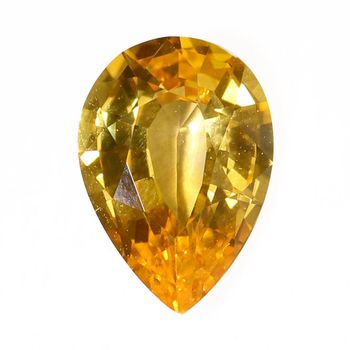
Pear 0.79ct
£940
Yellow, Eye-Clean
More info +
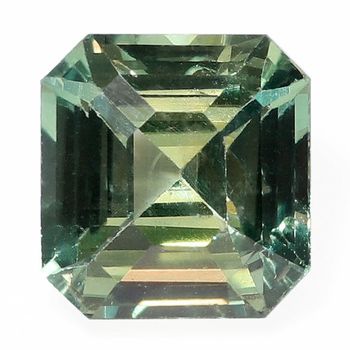
Asscher 0.98ct
£940
Bi Colour, Eye-Clean
More info +
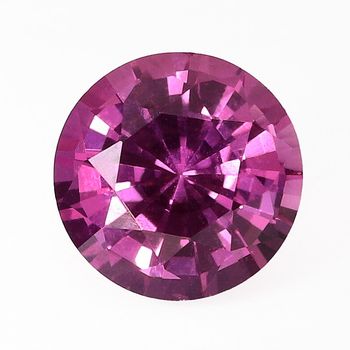
Round 0.59ct
£940
Pink, Eye-Clean
More info +
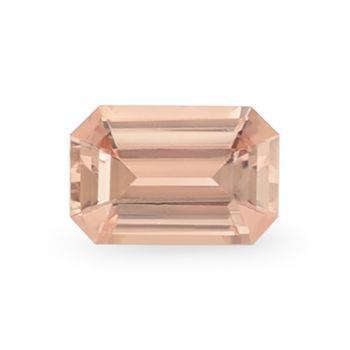
Emerald 0.61ct
£940
Peach, Eye-Clean
More info +
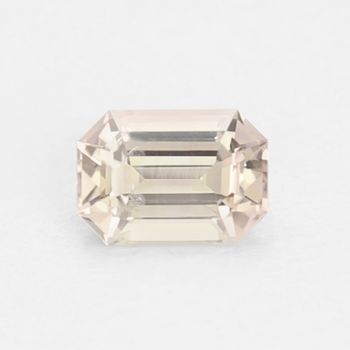
Emerald 1.05ct
£940
Peach, Eye-Clean
More info +
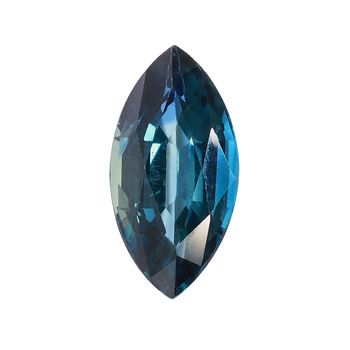
Marquise 1.09ct
£940
Teal, Eye-Clean
More info +
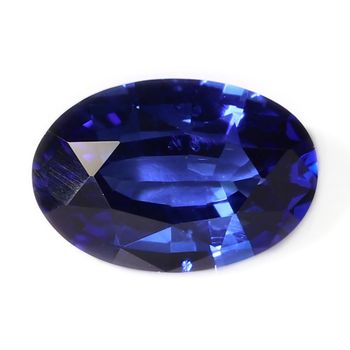
Oval 0.49ct
£940
Blue, Eye-Clean
More info +
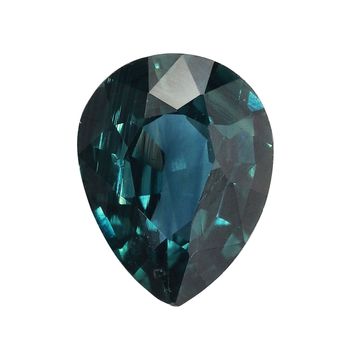
Pear 1.12ct
£995
Teal, Eye-Clean
More info +

Pear 0.98ct
£995
Yellow, Eye-Clean
More info +
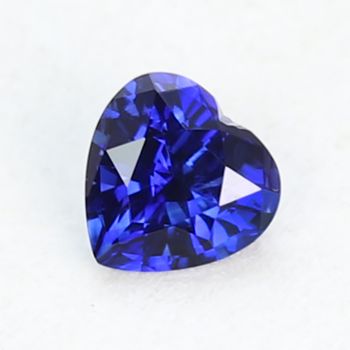
Heart 0.62ct
£1,005
Blue, Eye-Clean
More info +
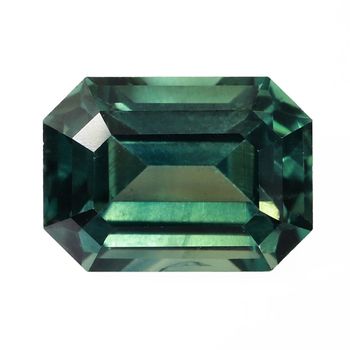
Emerald 1.22ct
£1,010
Teal, Eye-Clean
More info +
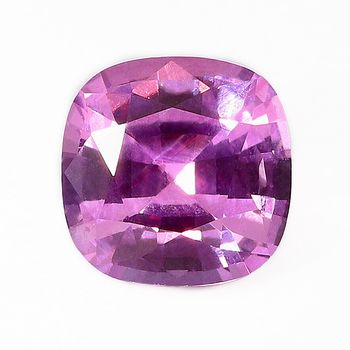
Cushion 0.69ct
£1,055
Pink, Eye-Clean
More info +
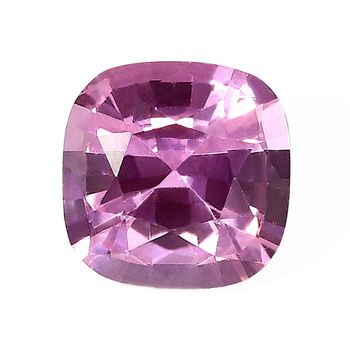
Cushion 0.68ct
£1,055
Pink, Eye-Clean
More info +
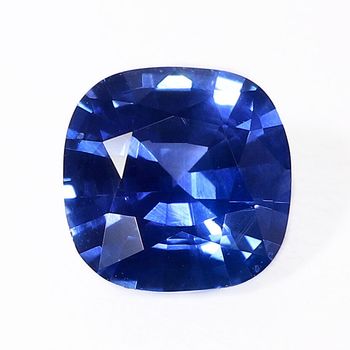
Cushion 0.57ct
£1,055
Blue, Eye-Clean
More info +
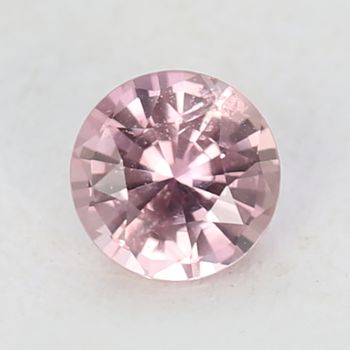
Round 1.02ct
£1,055
Peach, Eye-Clean
More info +
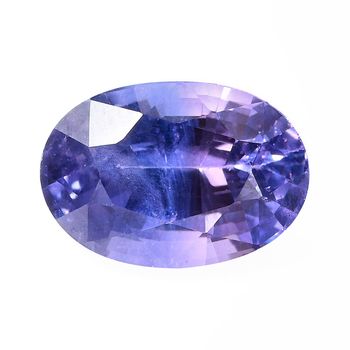
Oval 1.16ct
£1,055
Bi Colour, Eye-Clean
More info +
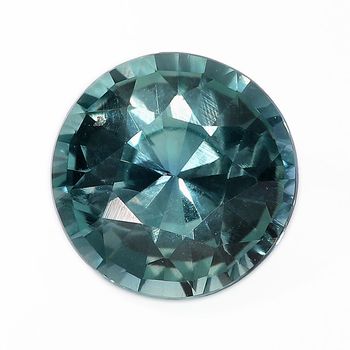
Round 1.19ct
£1,070
Teal, Slightly Included
More info +
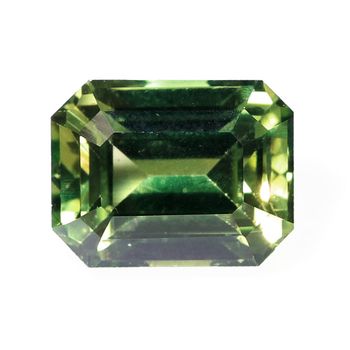
Emerald 1.10ct
£1,095
Green, Eye-Clean
More info +
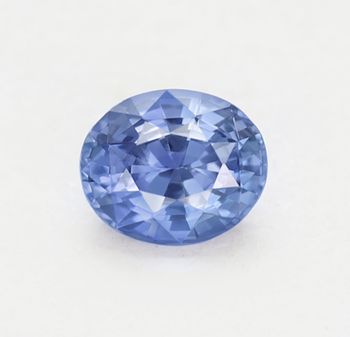
Oval 1.32ct
£1,105
Blue, Eye-Clean
More info +
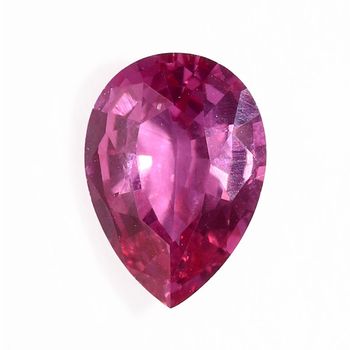
Pear 0.84ct
£1,165
Pink, Eye-Clean
More info +
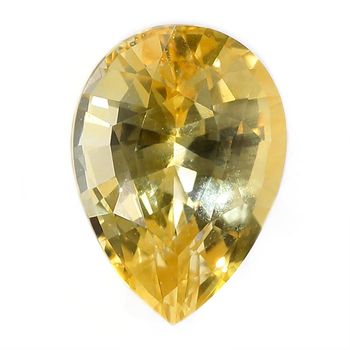
Pear 0.98ct
£1,165
Yellow, Eye-Clean
More info +
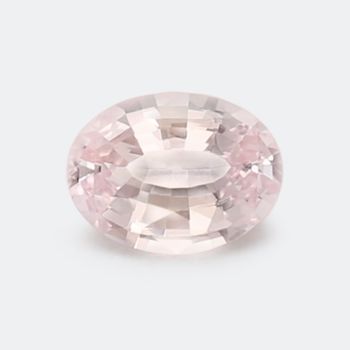
Oval 1.50ct
£1,165
Peach, Eye-Clean
More info +
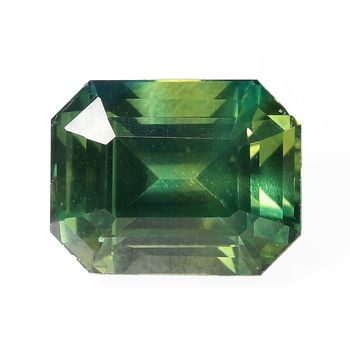
Emerald 1.20ct
£1,165
Green, Eye-Clean
More info +
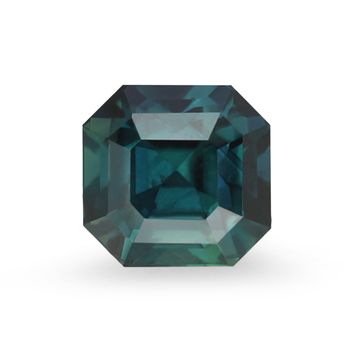
Asscher 1.56ct
£1,165
Teal, Eye-Clean
More info +
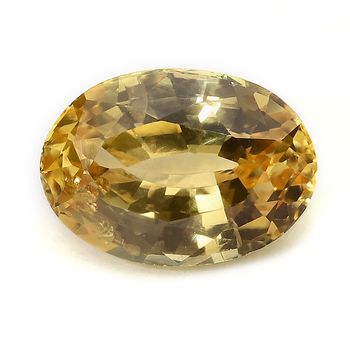
Oval 1.03ct
£1,165
Yellow, Eye-Clean
More info +
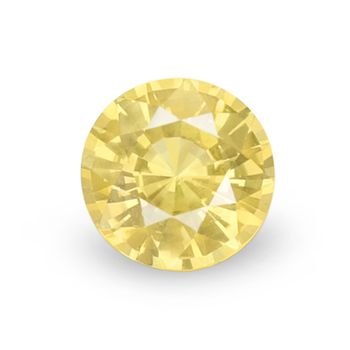
Round 1.08ct
£1,175
Yellow, Eye-Clean
More info +
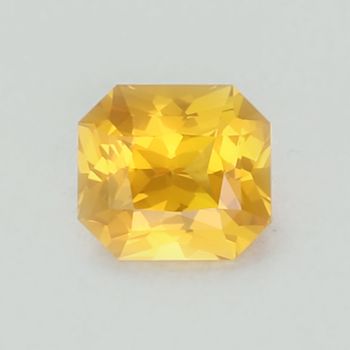
Radiant 1.10ct
£1,185
Yellow, Eye-Clean
More info +
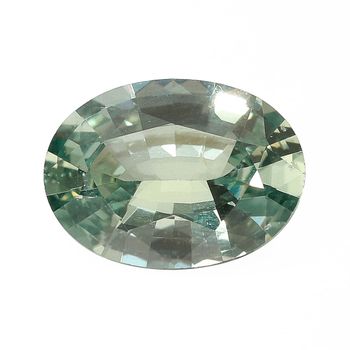
Oval 1.02ct
£1,255
Green, Eye-Clean
More info +
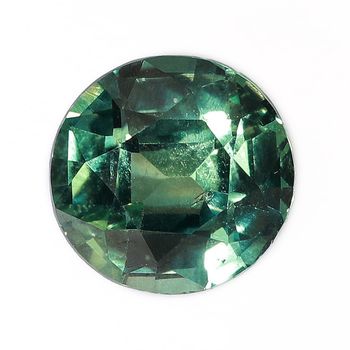
Round 1.33ct
£1,260
Green, Eye-Clean
More info +
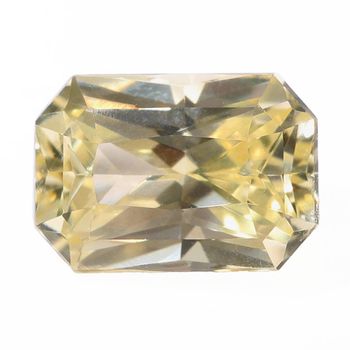
Radiant 1.58ct
£1,275
Yellow, Eye-Clean
More info +
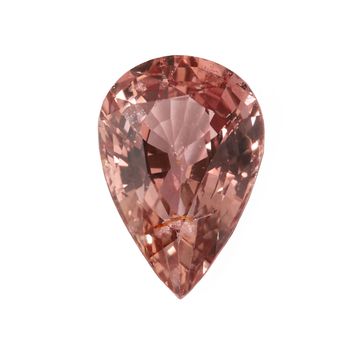
Pear 1.31ct
£1,275
Peach, Included
More info +
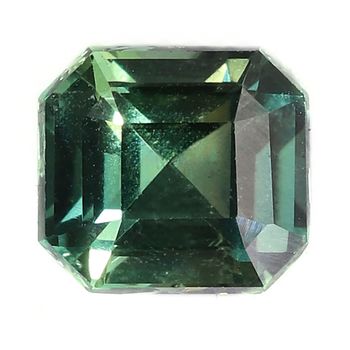
Asscher 1.00ct
£1,275
Teal, Included
More info +
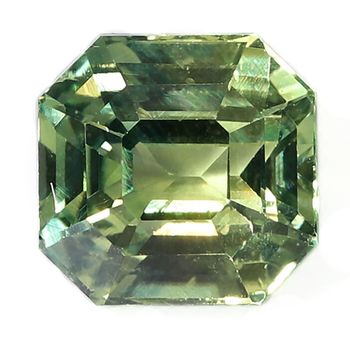
Asscher 1.02ct
£1,275
Bi Colour, Eye-Clean
More info +
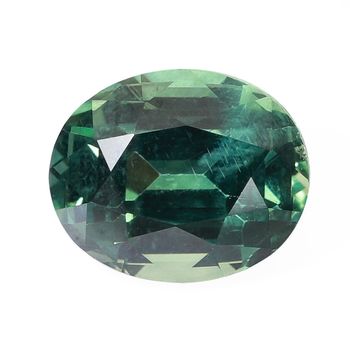
Oval 1.38ct
£1,275
Teal, Eye-Clean
More info +
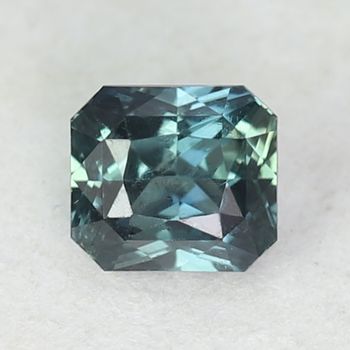
Radiant 1.61ct
£1,275
Teal, Eye-Clean
More info +
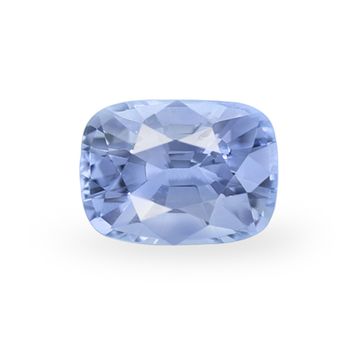
Cushion 1.11ct
£1,275
Blue, Eye-Clean
More info +
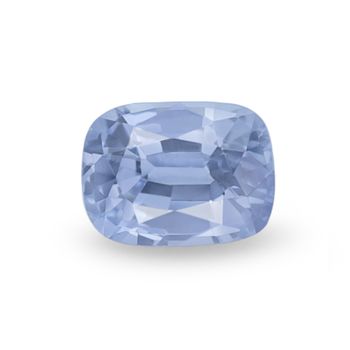
Cushion 1.24ct
£1,275
Blue, Eye-Clean
More info +
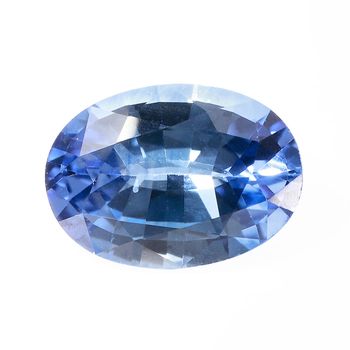
Oval 0.98ct
£1,275
Blue, Eye-Clean
More info +
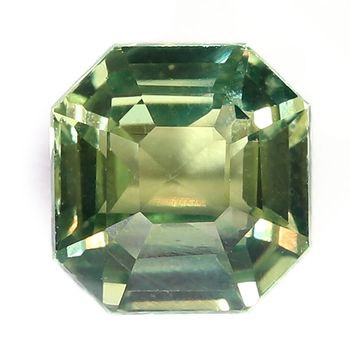
Asscher 1.07ct
£1,335
Bi Colour, Eye-Clean
More info +
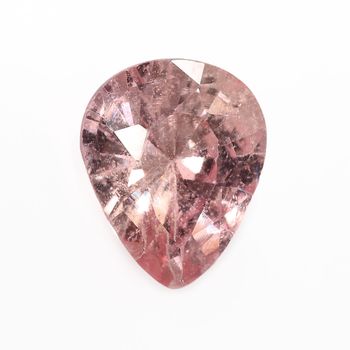
Pear 1.25ct
£1,340
Peach, Slightly Included
More info +
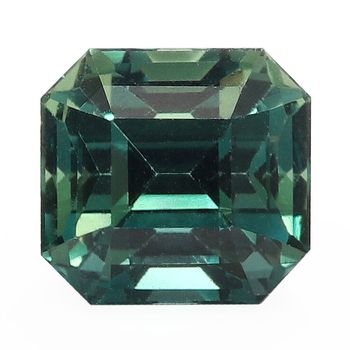
Asscher 1.27ct
£1,375
Teal, Eye-Clean
More info +

Radiant 1.20ct
£1,375
Bi Colour, Eye-Clean
More info +
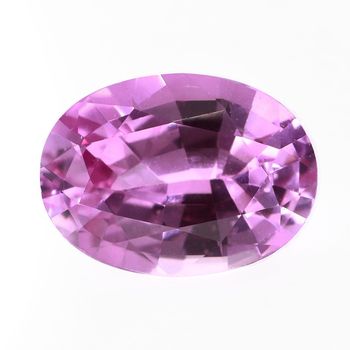
Oval 1.13ct
£1,375
Pink, Eye-Clean
More info +
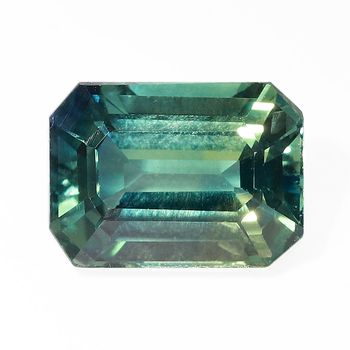
Emerald 1.21ct
£1,395
Teal, Eye-Clean
More info +
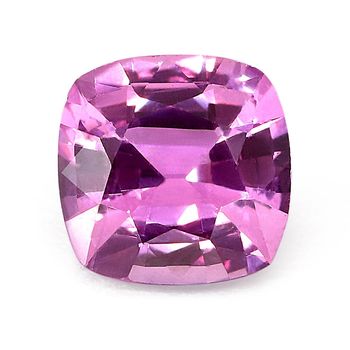
Cushion 1.03ct
£1,410
Pink, Eye-Clean
More info +
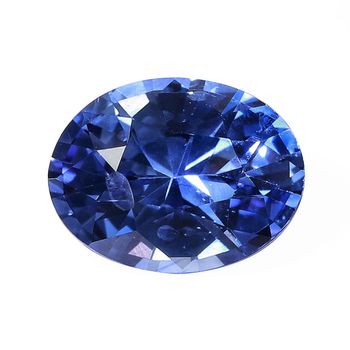
Oval 0.80ct
£1,430
Blue, Eye-Clean
More info +
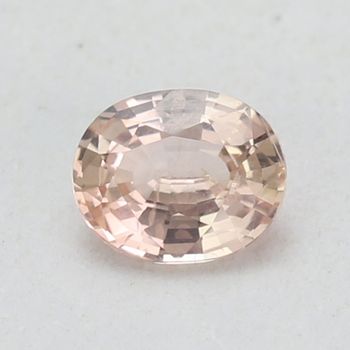
Oval 1.20ct
£1,440
Peach, Eye-Clean
More info +
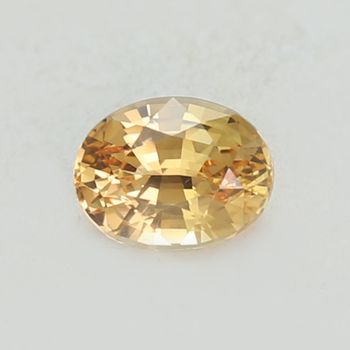
Oval 1.19ct
£1,470
Orange, Eye-Clean
More info +
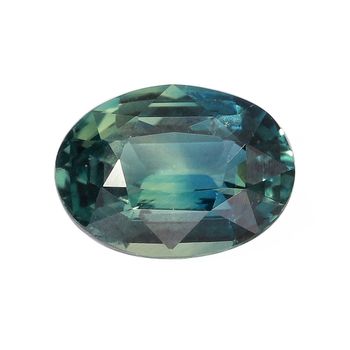
Oval 1.03ct
£1,470
Bi Colour, Eye-Clean
More info +
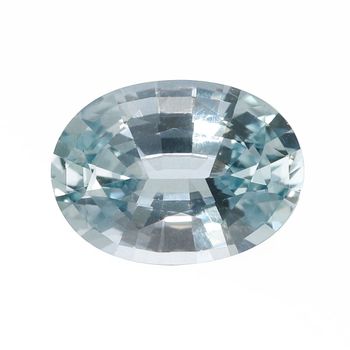
Oval 1.10ct
£1,470
Teal, Eye-Clean
More info +
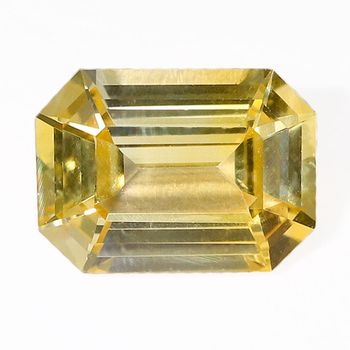
Emerald 1.03ct
£1,470
Yellow, Eye-Clean
More info +
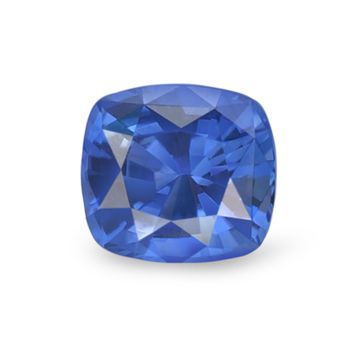
Cushion 1.11ct
£1,470
Blue, Eye-Clean
More info +
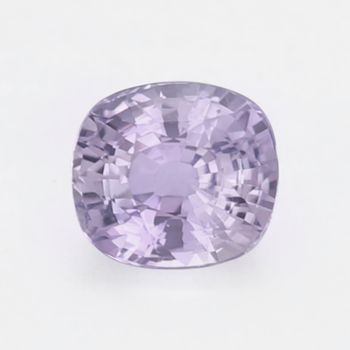
Cushion 1.52ct
£1,520
Purple, Eye-Clean
More info +

Cushion 1.68ct
£1,520
Yellow, Eye-Clean
More info +
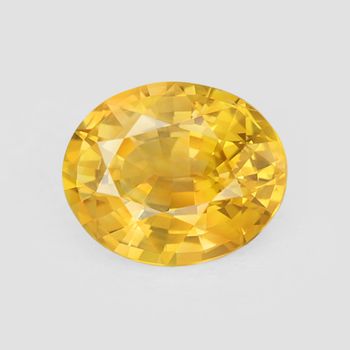
Oval 1.87ct
£1,550
Yellow, Eye-Clean
More info +
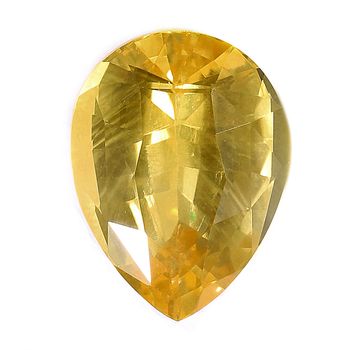
Pear 1.57ct
£1,570
Yellow, Eye-Clean
More info +
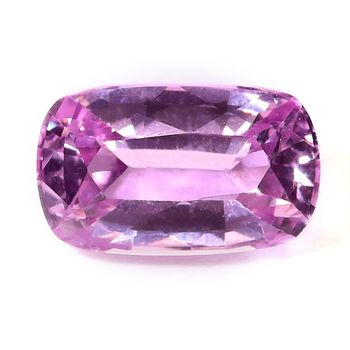
Cushion 1.15ct
£1,570
Pink, Eye-Clean
More info +
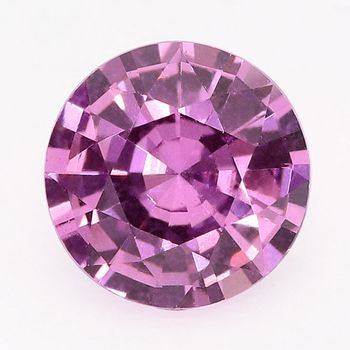
Round 0.96ct
£1,570
Pink, Eye-Clean
More info +

Radiant 1.88ct
£1,570
Yellow, Eye-Clean
More info +
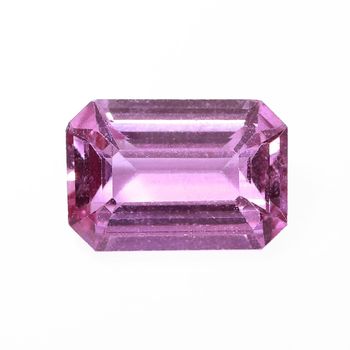
Emerald 1.09ct
£1,635
Pink, Eye-Clean
More info +
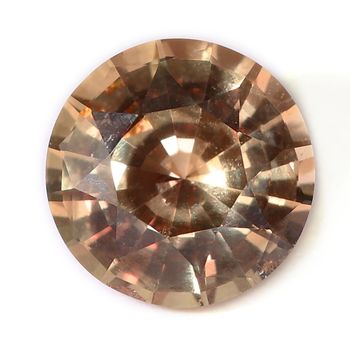
Round 1.01ct
£1,665
Peach, Eye-Clean
More info +
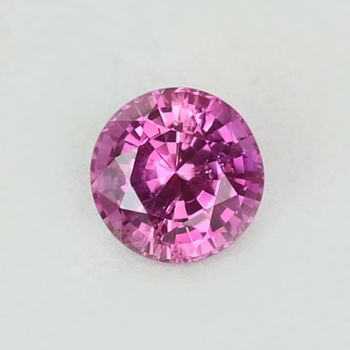
Round 1.30ct
£1,730
Pink, Eye-Clean
More info +
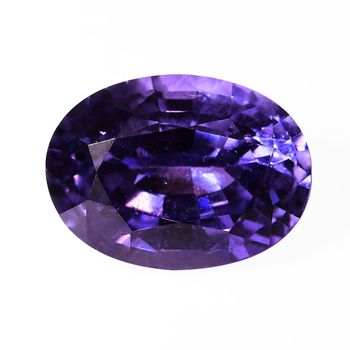
Oval 1.11ct
£1,745
Purple, Eye-Clean
More info +
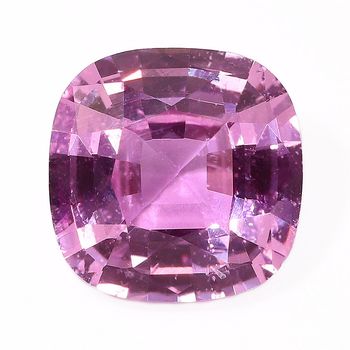
Cushion 0.94ct
£1,765
Pink, Eye-Clean
More info +
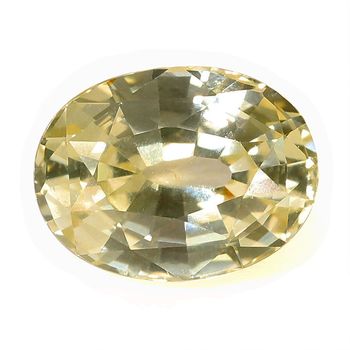
Oval 1.65ct
£1,765
Yellow, Eye-Clean
More info +
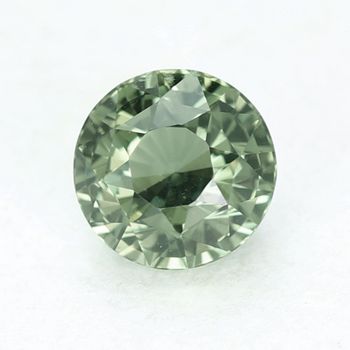
Round 2.55ct
£1,795
Green, Eye-Clean
More info +
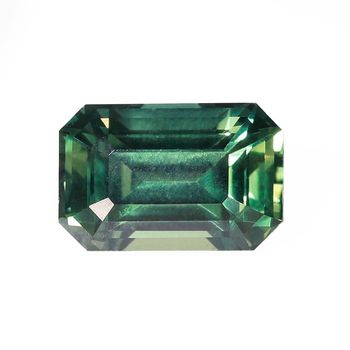
Emerald 1.55ct
£1,795
Green, Eye-Clean
More info +
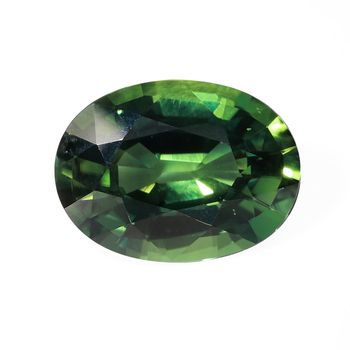
Oval 2.10ct
£1,815
Green, Eye-Clean
More info +
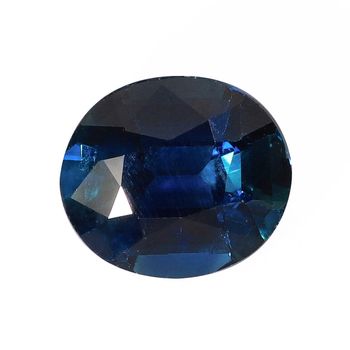
Oval 1.60ct
£1,880
Teal, Eye-Clean
More info +
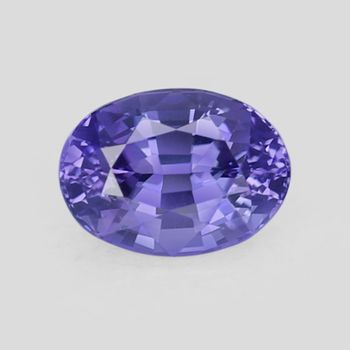
Oval 1.46ct
£1,905
Purple, Eye-Clean
More info +
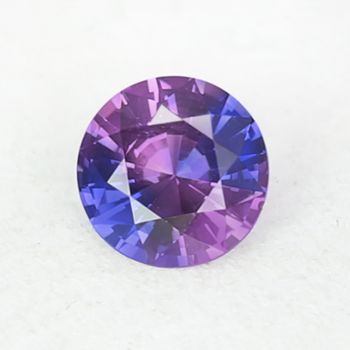
Round 1.15ct
£1,905
Bi Colour, Eye-Clean
More info +
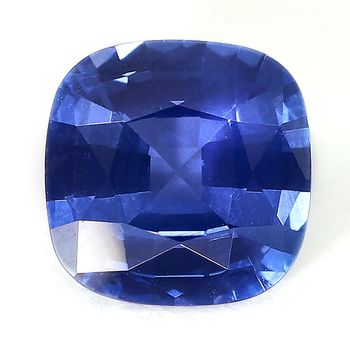
Cushion 0.98ct
£1,960
Blue, Eye-Clean
More info +
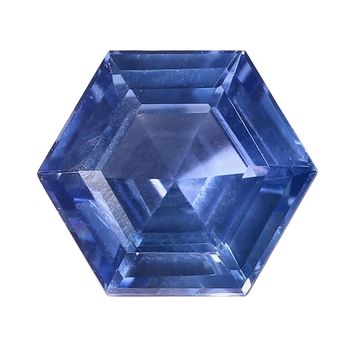
Hexagonal 0.81ct
£1,960
Blue, Eye-Clean
More info +
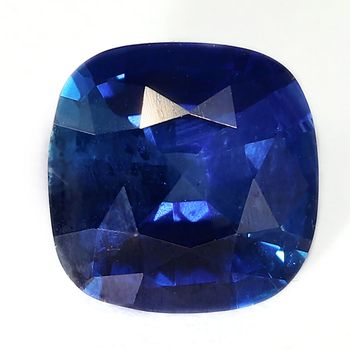
Cushion 1.02ct
£1,960
Blue, Eye-Clean
More info +
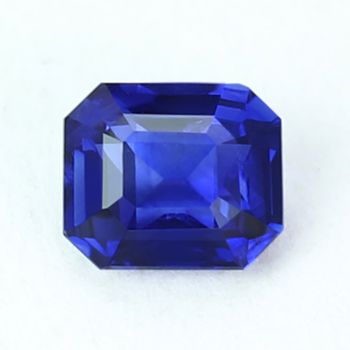
Emerald 1.17ct
£2,010
Blue, Eye-Clean
More info +
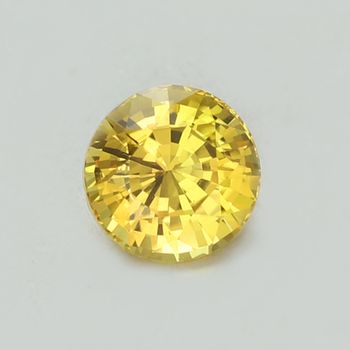
Round 2.10ct
£2,080
Yellow, Eye-Clean
More info +
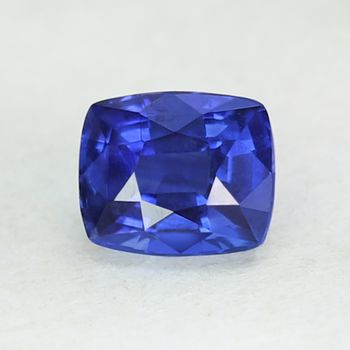
Cushion 1.43ct
£2,080
Blue, Eye-Clean
More info +
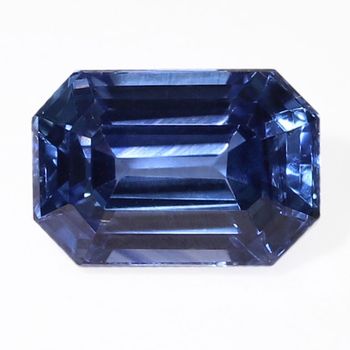
Emerald 0.92ct
£2,160
Blue, Eye-Clean
More info +
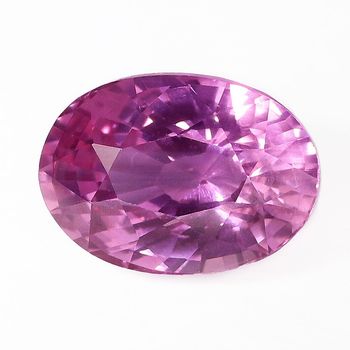
Oval 1.51ct
£2,160
Pink, Eye-Clean
More info +
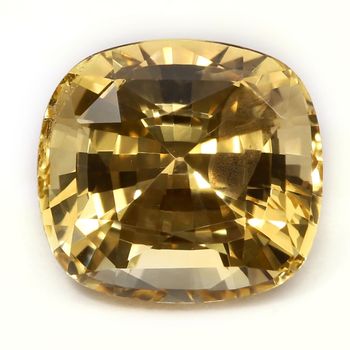
Cushion 2.18ct
£2,220
Yellow, Eye-Clean
More info +
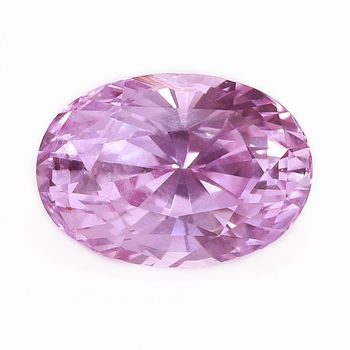
Oval 3.08ct
£2,260
Pink, Slightly Included
More info +
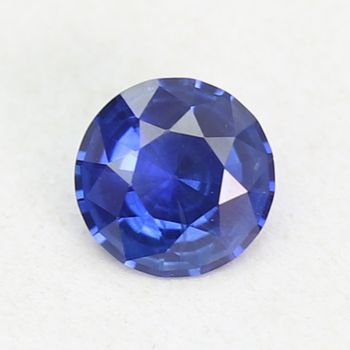
Round 1.10ct
£2,260
Blue, Eye-Clean
More info +
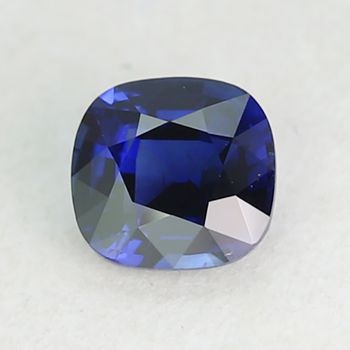
Cushion 1.21ct
£2,595
Blue, Eye-Clean
More info +
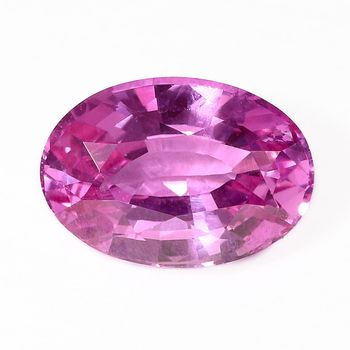
Oval 1.62ct
£2,635
Pink, Eye-Clean
More info +
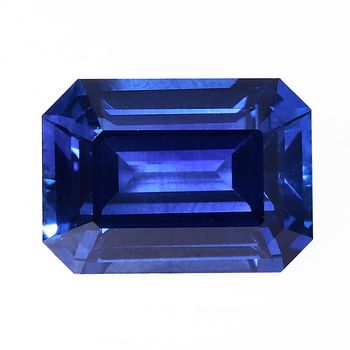
Emerald 1.23ct
£2,635
Blue, Eye-Clean
More info +
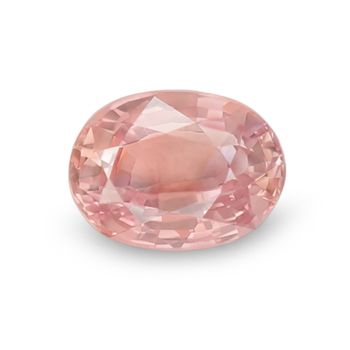
Oval 1.15ct
£2,635
Peach, Eye-Clean
More info +
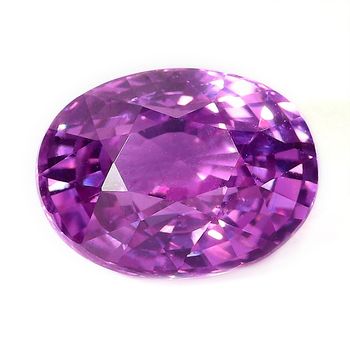
Oval 1.72ct
£2,825
Pink, Eye-Clean
More info +
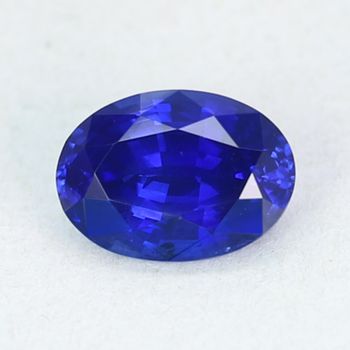
Oval 1.50ct
£2,945
Blue, Eye-Clean
More info +
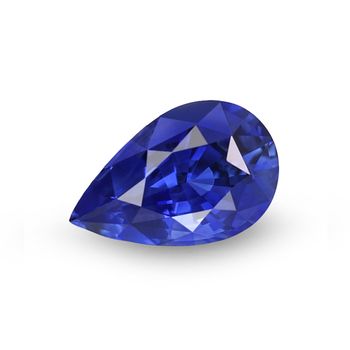
Pear 1.54ct
£3,595
Blue, Eye-Clean
More info +
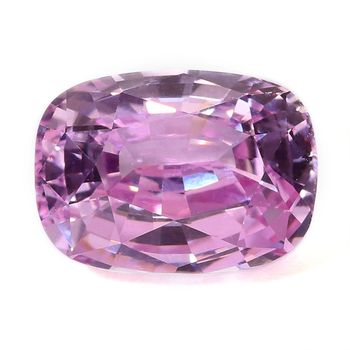
Cushion 2.37ct
£3,675
Pink, Slightly Included
More info +
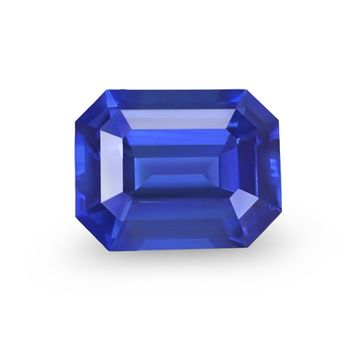
Emerald 1.59ct
£3,980
Blue, Eye-Clean
More info +
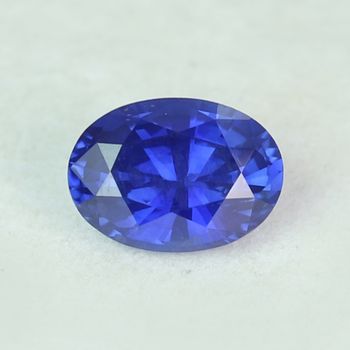
Oval 1.72ct
£4,155
Blue, Eye-Clean
More info +
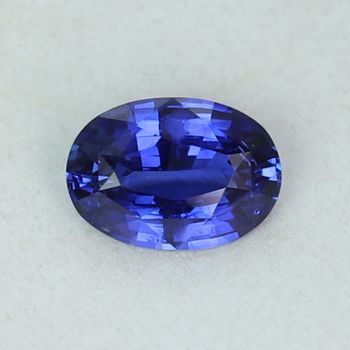
Oval 1.58ct
£4,155
Blue, Eye-Clean
More info +
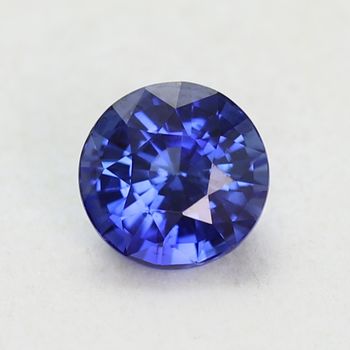
Round 1.58ct
£4,155
Blue, Eye-Clean
More info +
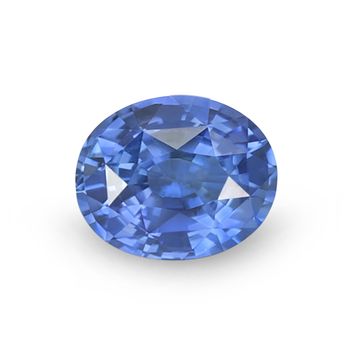
Oval 2.36ct
£4,320
Blue, Eye-Clean
More info +
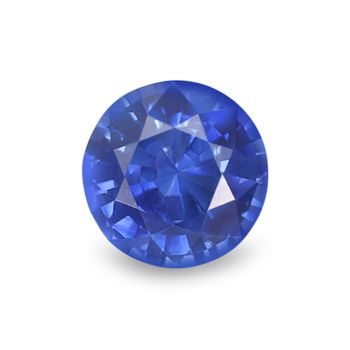
Round 1.54ct
£4,670
Blue, Eye-Clean
More info +
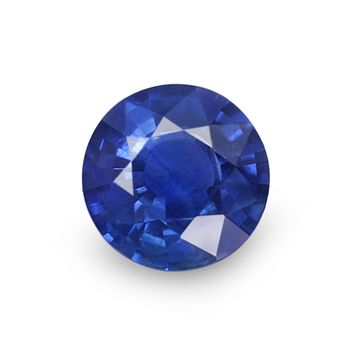
Round 1.47ct
£4,720
Blue, Eye-Clean
More info +
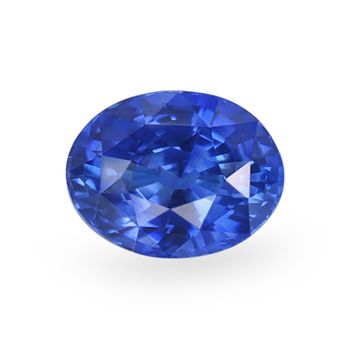
Oval 2.30ct
£5,660
Blue, Eye-Clean
More info +
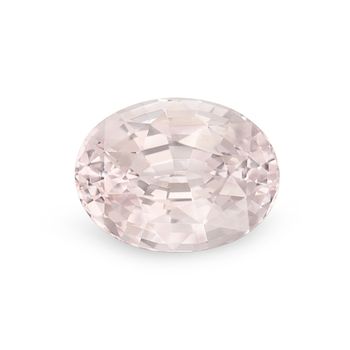
Oval 3.44ct
£6,705
Peach, Eye-Clean
More info +
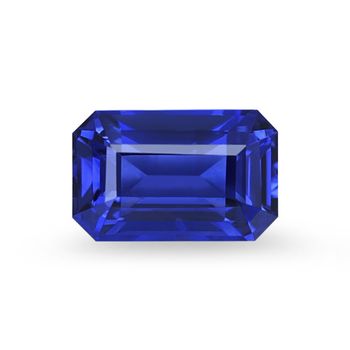
Emerald 2.13ct
£7,045
Blue, Eye-Clean
More info +
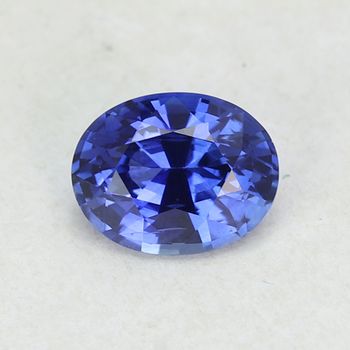
Oval 2.52ct
£7,650
Blue, Eye-Clean
More info +
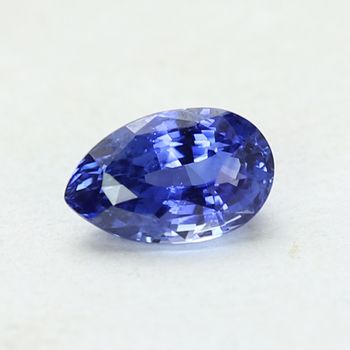
Pear 2.00ct
£8,675
Blue, Eye-Clean
More info +
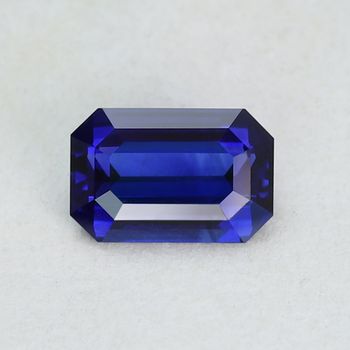
Emerald 2.70ct
£9,265
Blue, Eye-Clean
More info +

Emerald 3.15ct
£15,960
Blue, Eye-Clean
More info +
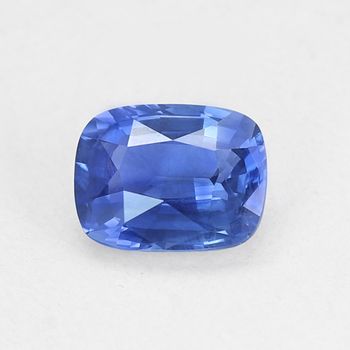
Cushion 4.74ct
£21,510
Blue, Eye-Clean
More info +
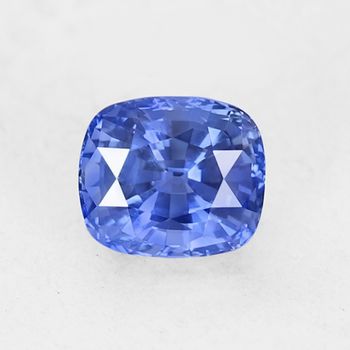
Cushion 4.57ct
£21,510
Blue, Eye-Clean
More info +
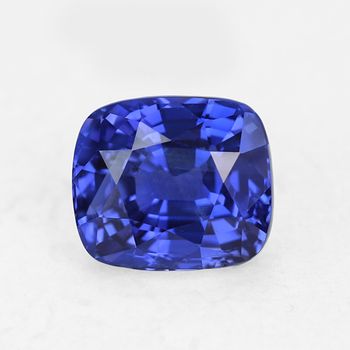
Cushion 5.39ct
£21,510
Blue, Eye-Clean
More info +
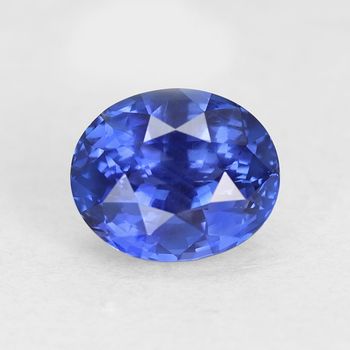
Oval 5.00ct
£31,020
Blue, Eye-Clean
More info +
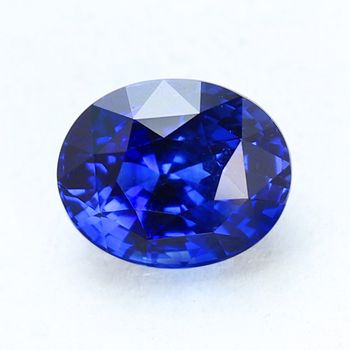
Oval 10.06ct
£66,005
Blue, Eye-Clean
More info +
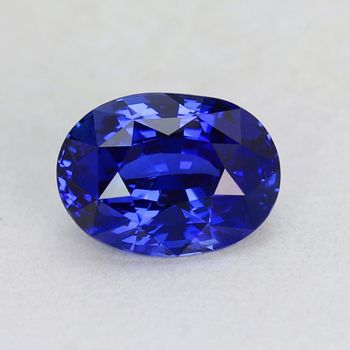
Oval 10.98ct
£66,005
Blue, Eye-Clean
More info +
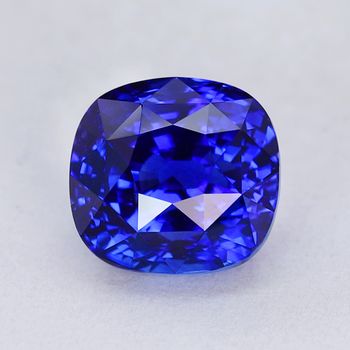
Cushion 20.10ct
£127,255
Blue, Eye-Clean
More info +
About Our Gemstones
Coloured gemstones like sapphires are the perfect choice for those hoping for a pop of colour in their ring.
Often considered a blue stone, sapphires actually come in a wide array of glorious colours from yellow and pink to teal, peach, purple, green and even red, which is in fact, a ruby.
Each colour variation of these gemstones are suitable for everyday wear and they all have sentimental symbolisms.
Every one of our sapphires are hand selected to ensure quality as well as symmetry, clarity, polish and uniformity in colour and light reflection, while retaining their unique charm.









